The truth behind NFL turf
Would grass really prevent injuries?
March 3, 2023
In the past few NFL seasons, injuries have increased dramatically. There are plenty of factors that cause injuries including the safety of helmets and equipment; however, one of the main causes of injuries is the dominant field-turf.
Players have had and continue to have season ending injuries and sometimes even career ending injuries due to turf. The most common turf injuries are knee and ankle injuries because turf does not give out. Turf stays permanent on one specific spot and forces yourself to stay as well. Grass gives out and causes you to go along with it, reducing the risk of injury.
For example, Philadelphia Eagles right tackle Lane Johnson avoided a possible season ending injury this year because of Philadelphia’s Lincoln Financial Field which is a grass kept field. His knee was stiff into the ground, the grass gave out, and his foot traveled with it, preventing his knee from locking out.
Switching back to grass fields would cost the NFL more money at first, but in the end it would be worth it. It would cost a lot of money to make the switch; however, it prevents injuries which means more people are going to watch the games. Think about it–if a team’s star player gets injured it won’t be as fun to watch and they would lose viewership. The NFL doesn’t want to risk players health as well as lose money so it would benefit everyone in a positive way.
Another scary injury that is caused by turf would be concussions. Earlier this year, wide receiver Chris Olave received a concussion because of the concrete beneath the turf. He came down from a catch and hit his head, causing him to be unresponsive for a short period of time. Turf is solid and thin, without a soft surface below; fields with turf commonly have these types of injuries.
Why should the NFL switch to grass but not youth football? The NFL has the money and people to support the care for all football fields. The conditions of the field will always be neat and safe to play on. Younger football players play on grass and turf depending on the school’s field. However, school grass isn’t always in the best condition and can cause more injuries playing on it. Therefore, turf essentially is the better and safer option for high schools.
There are some harsh negatives of turf but there are some good aspects of it as well. For example, it doesn’t take as much care as grass. You don’t have to mow it, paint lines on it, or even replace it as often. Grass takes a lot more care and tending while turf is more stable for a longer period of time.
I personally think high school should not make the switch because there aren’t enough well done grass fields. Not all schools have the money and time to keep a well furnished field. I would much rather play on a turf field than a muddy and soft grass field. In that case injuries are even higher on grass. Therefore, the appropriate field is determined by the level of competition and the care that can be given to the field.




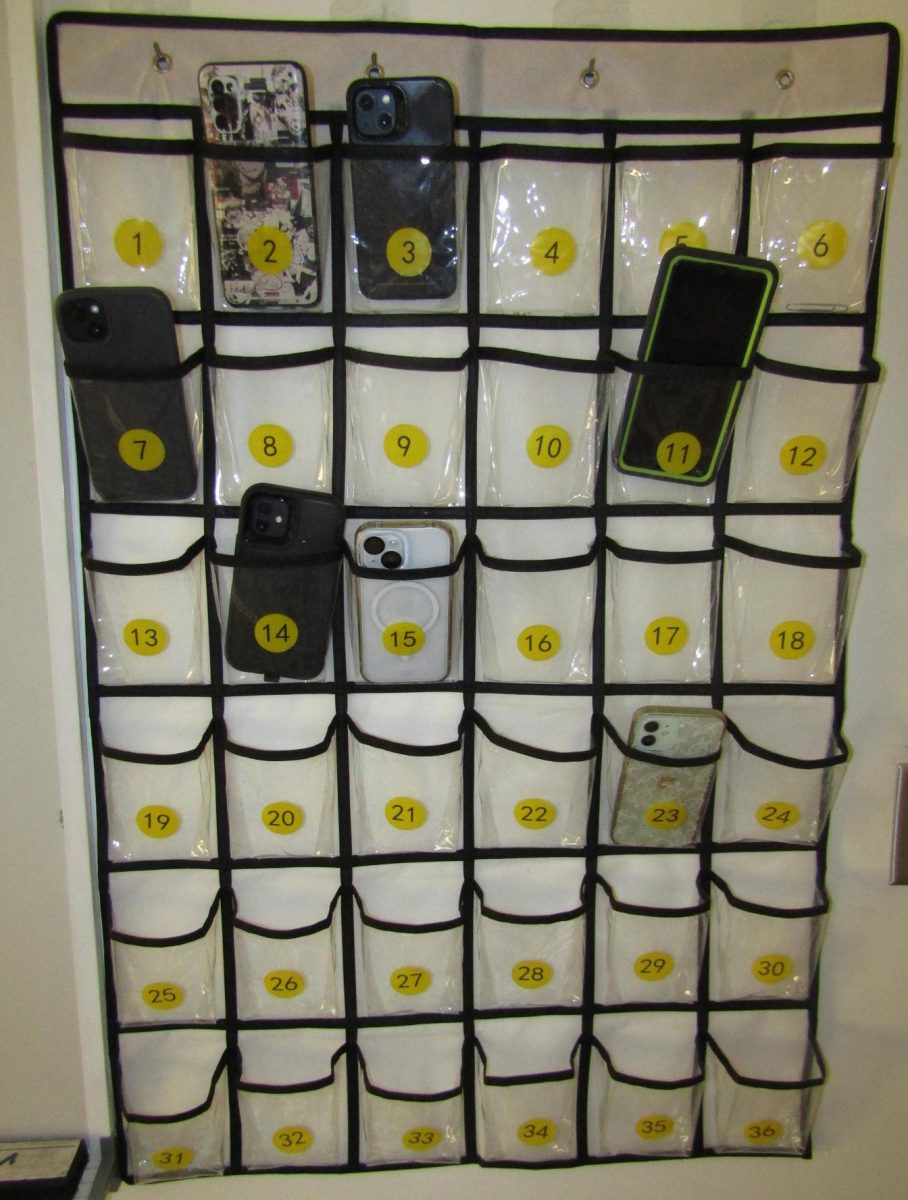





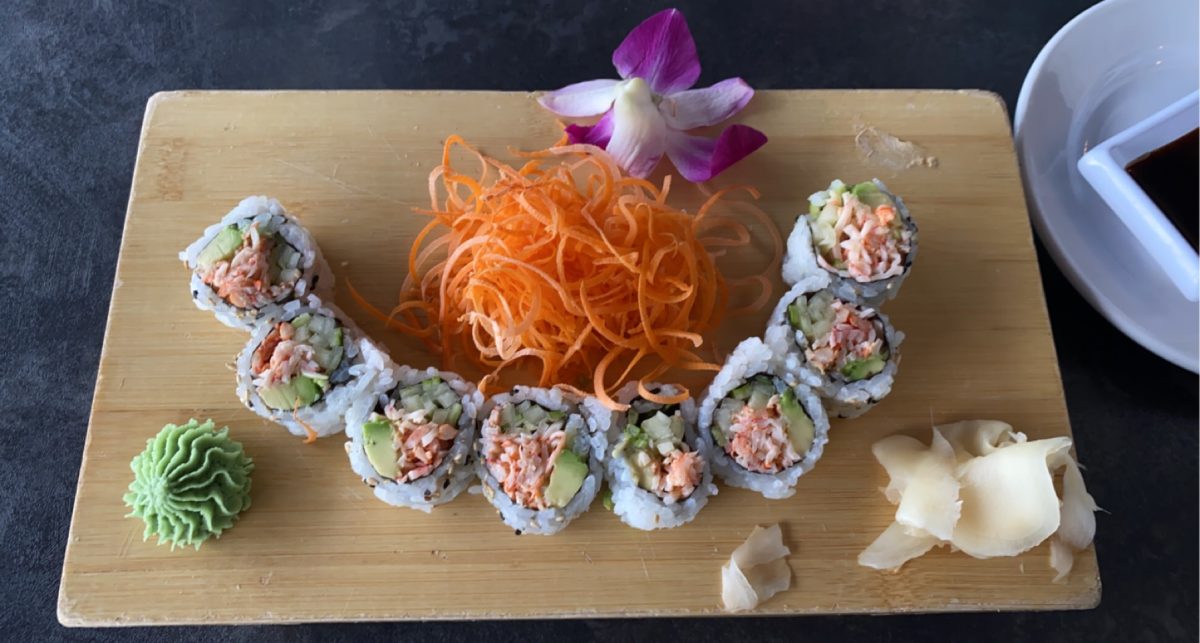




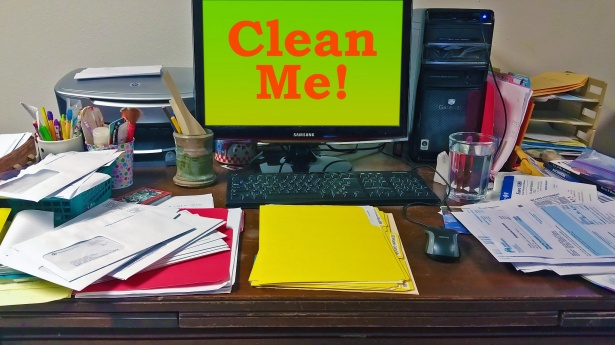
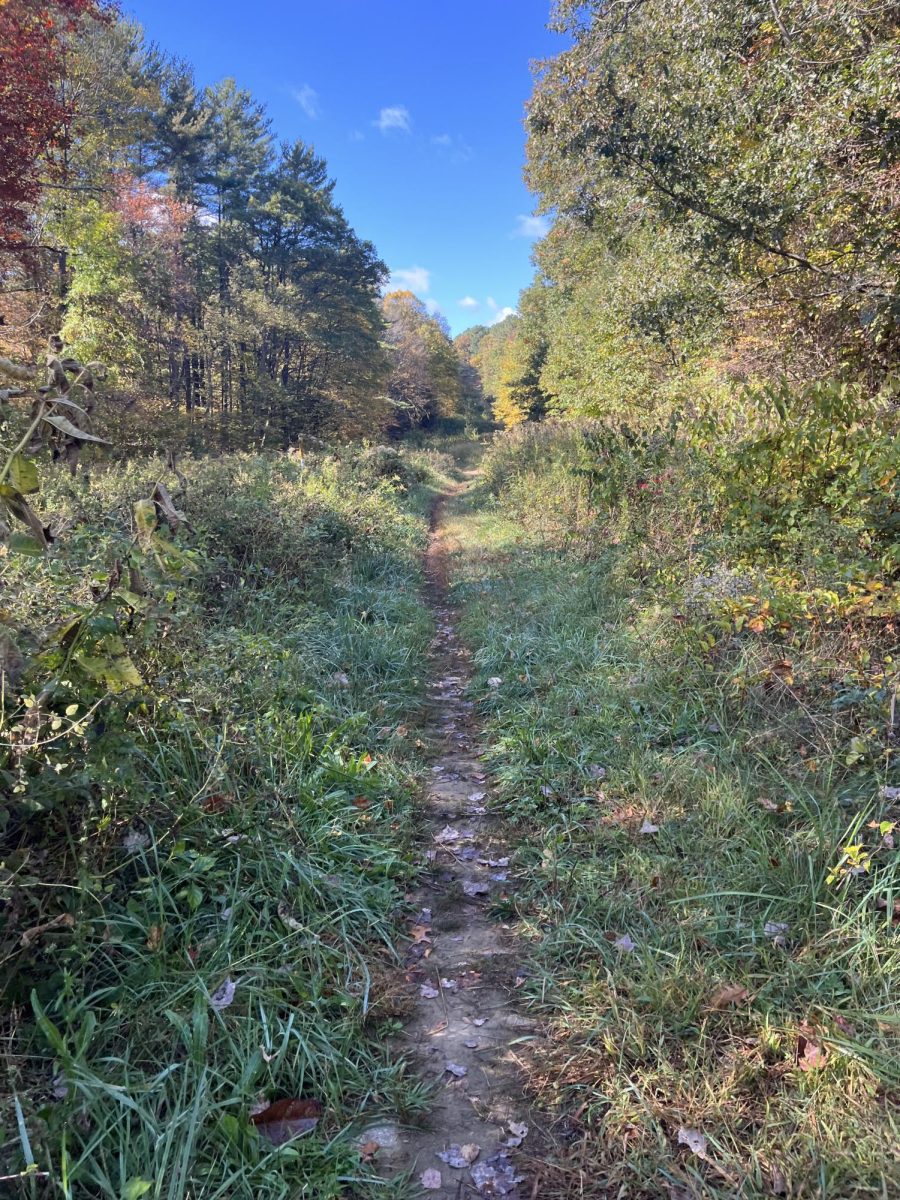




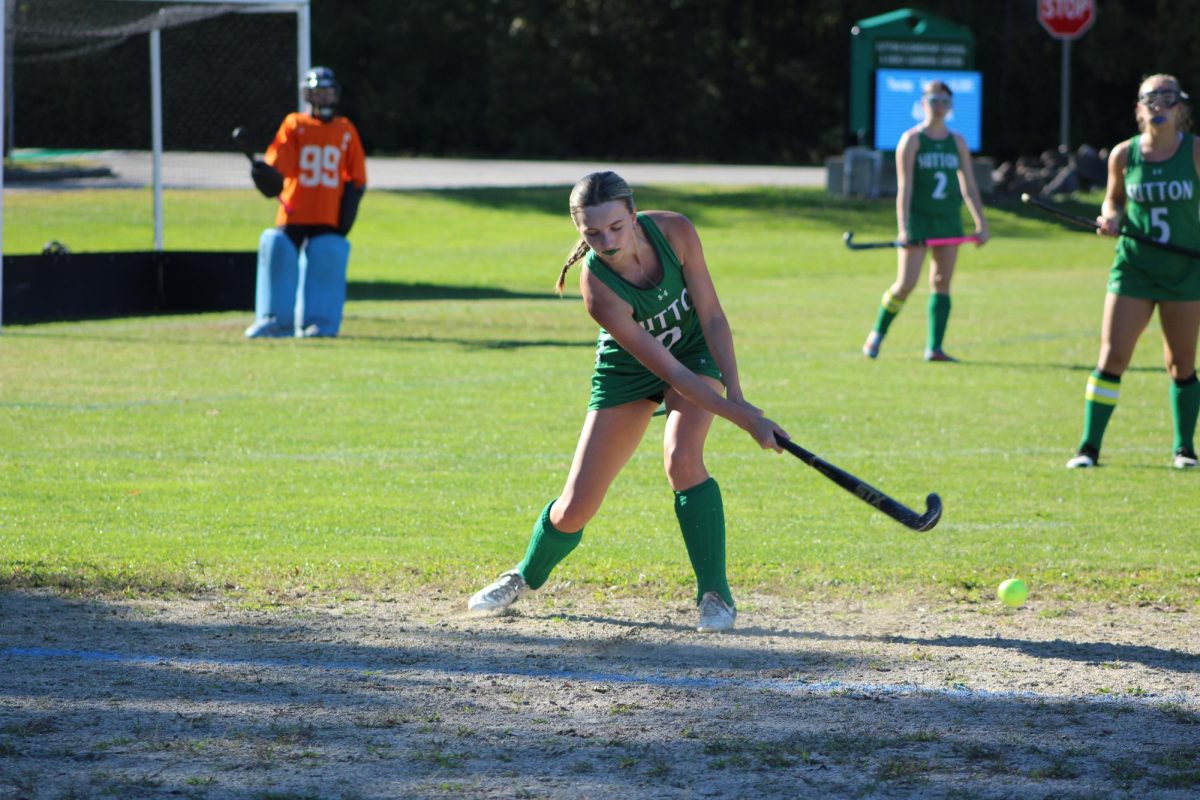
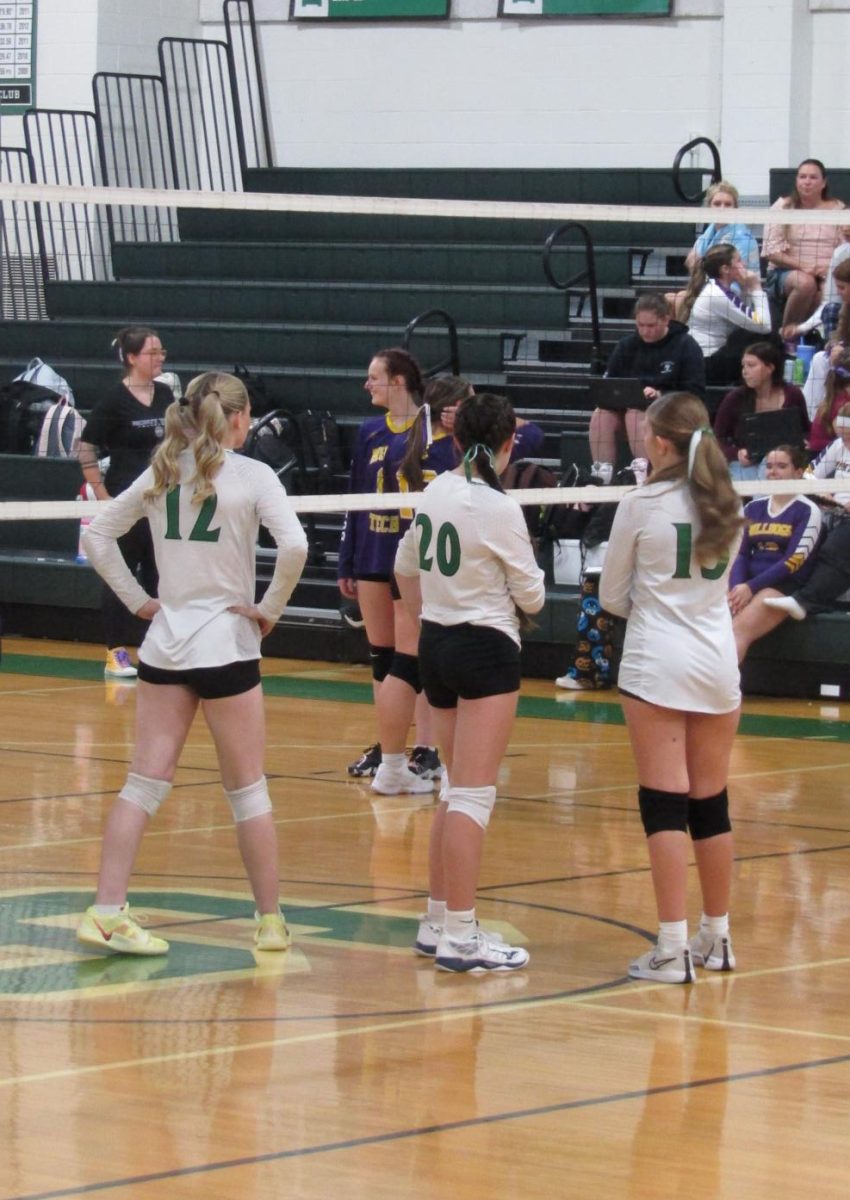
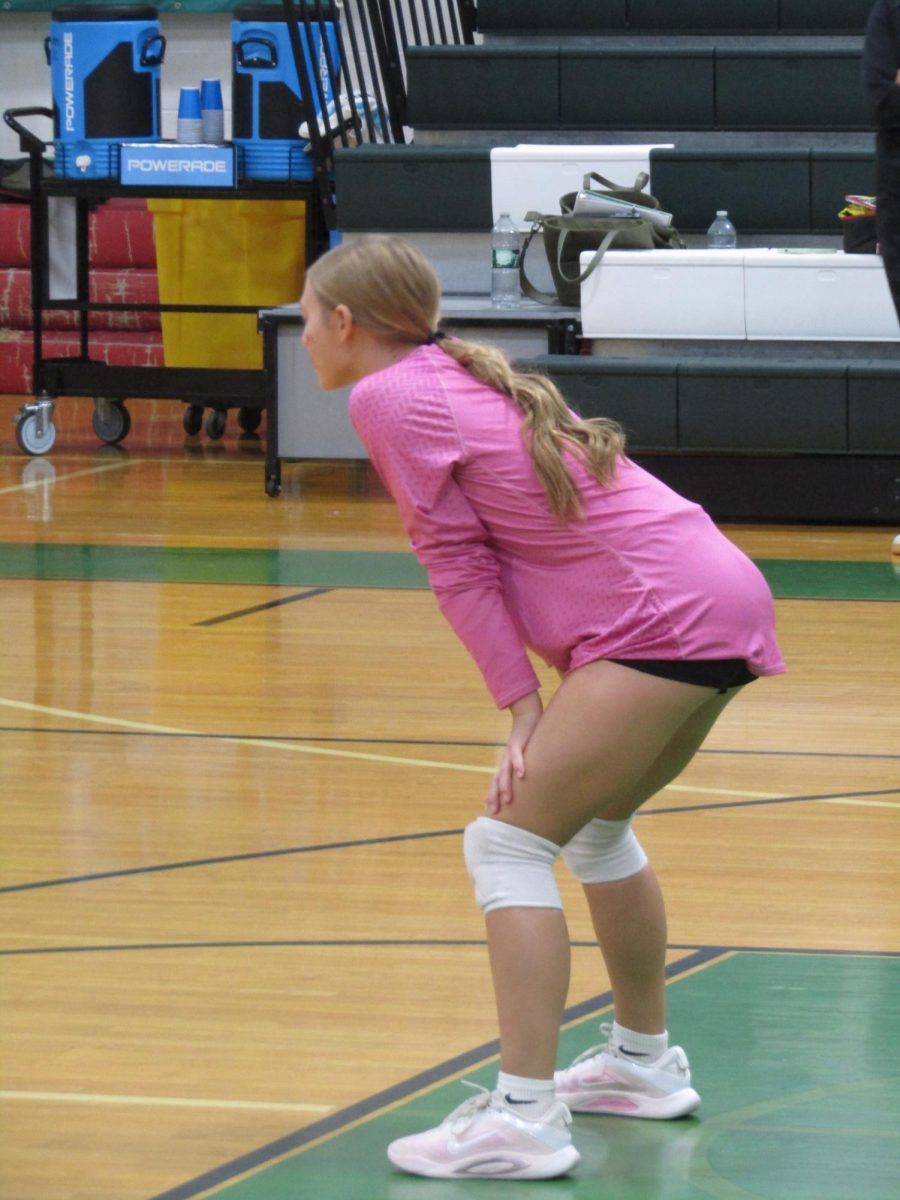
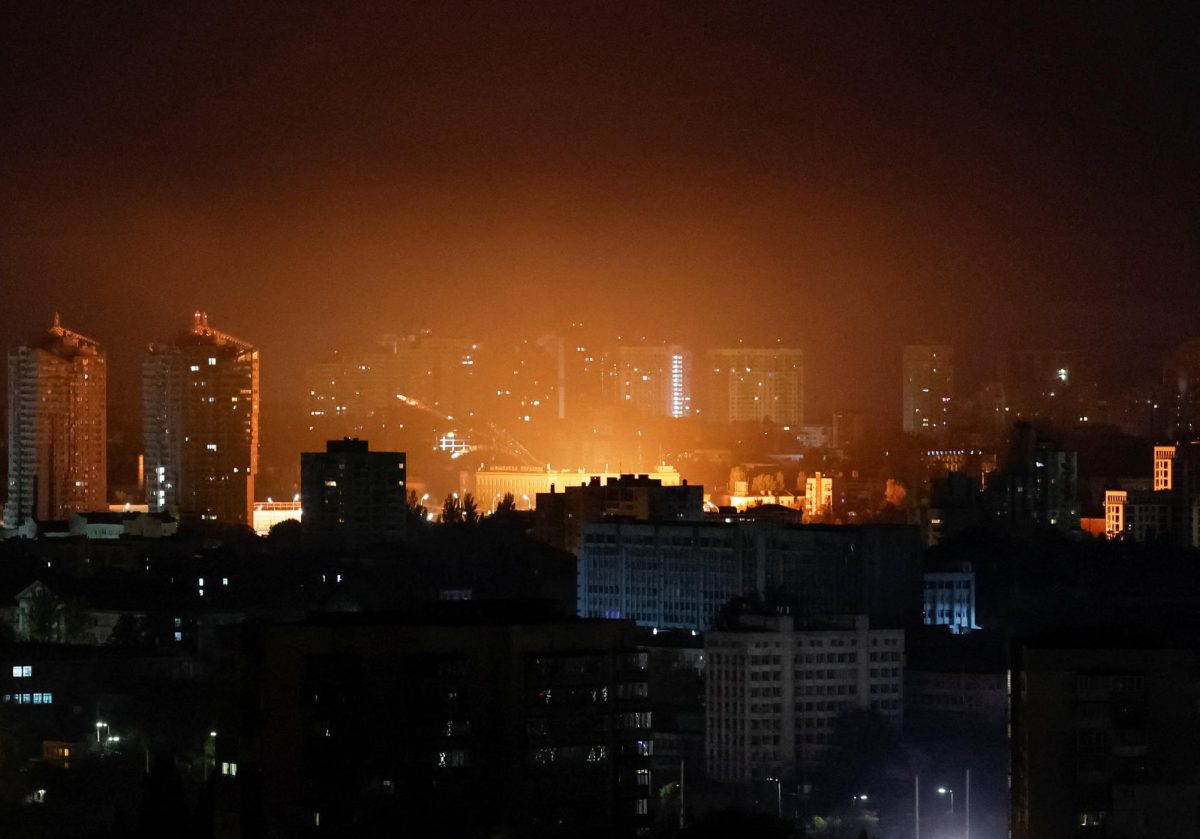



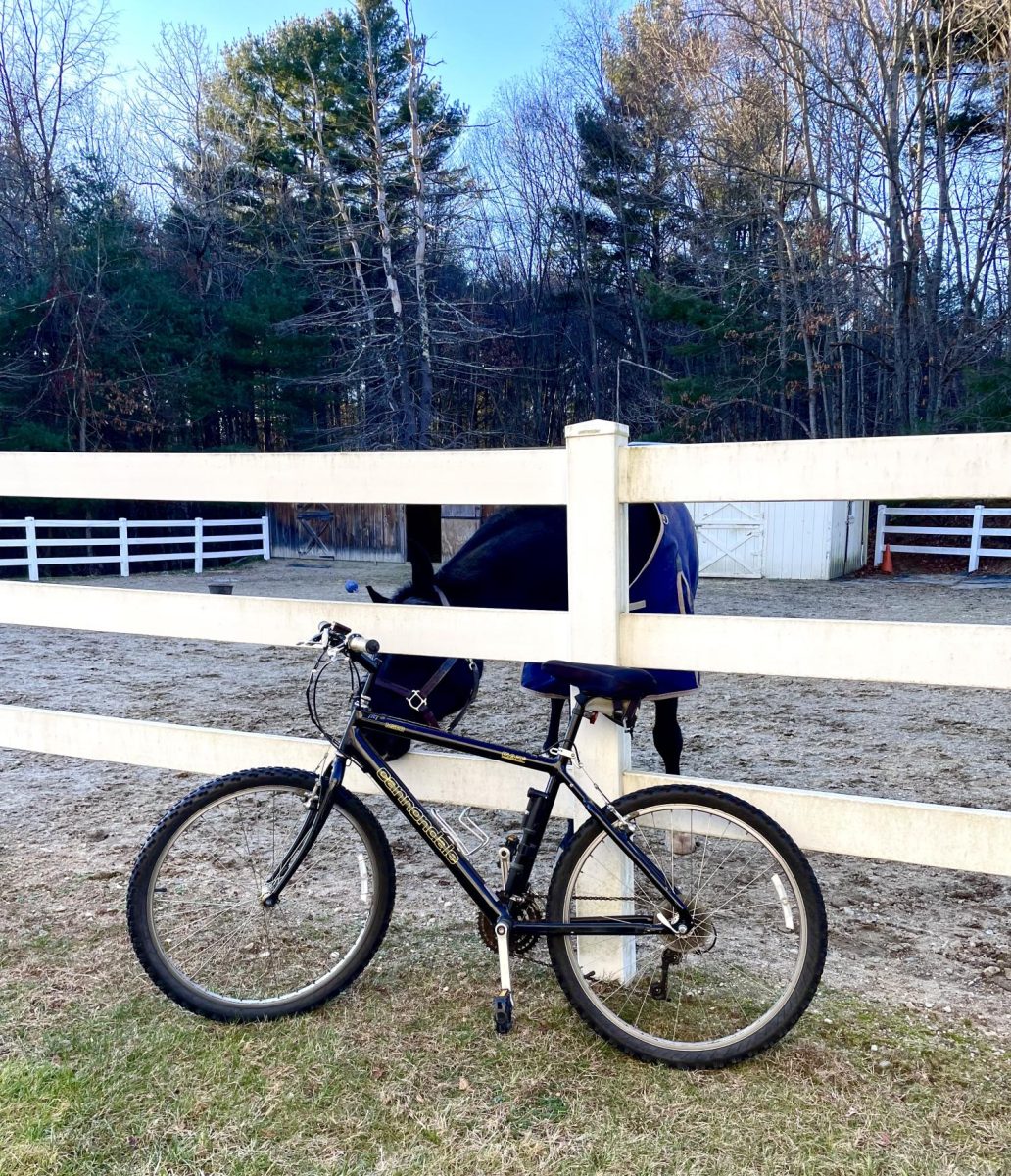




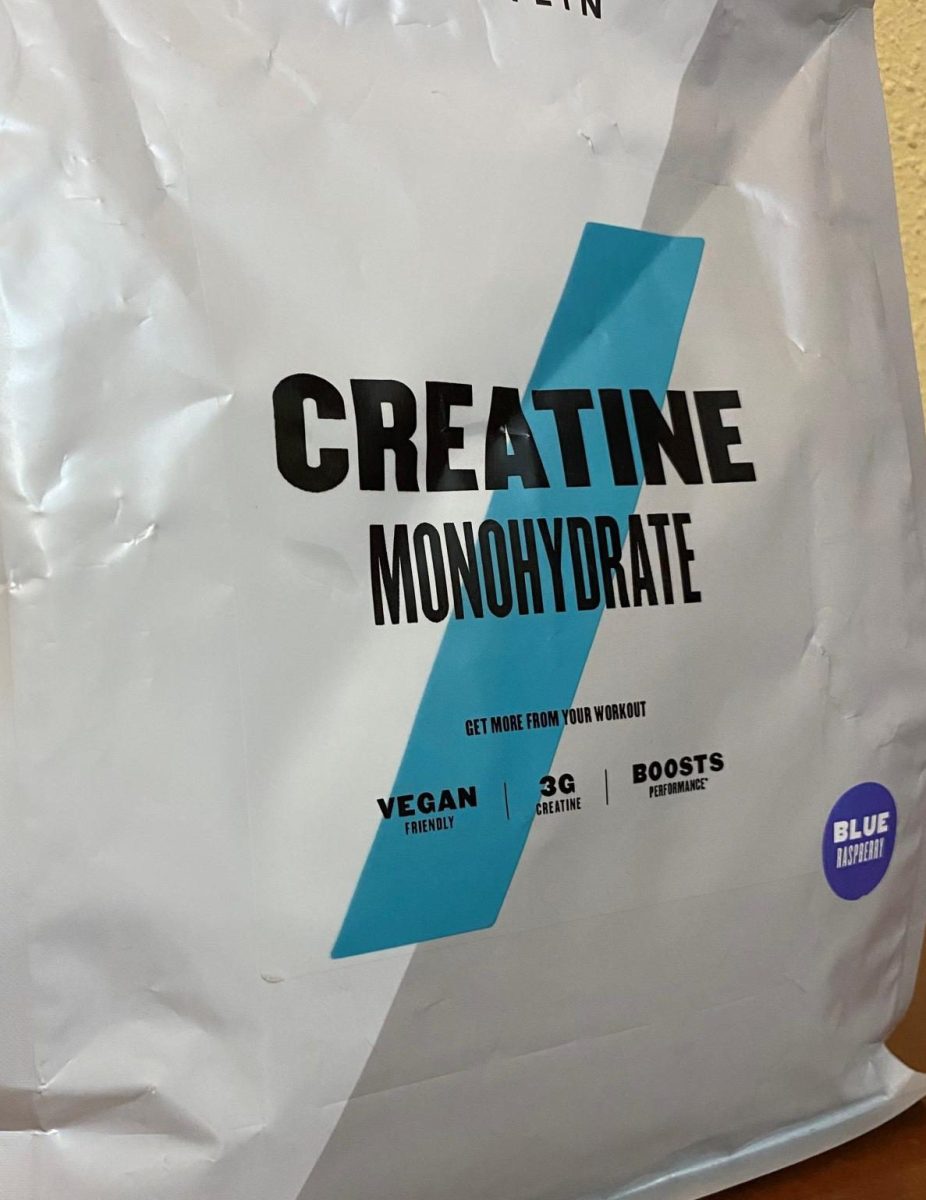

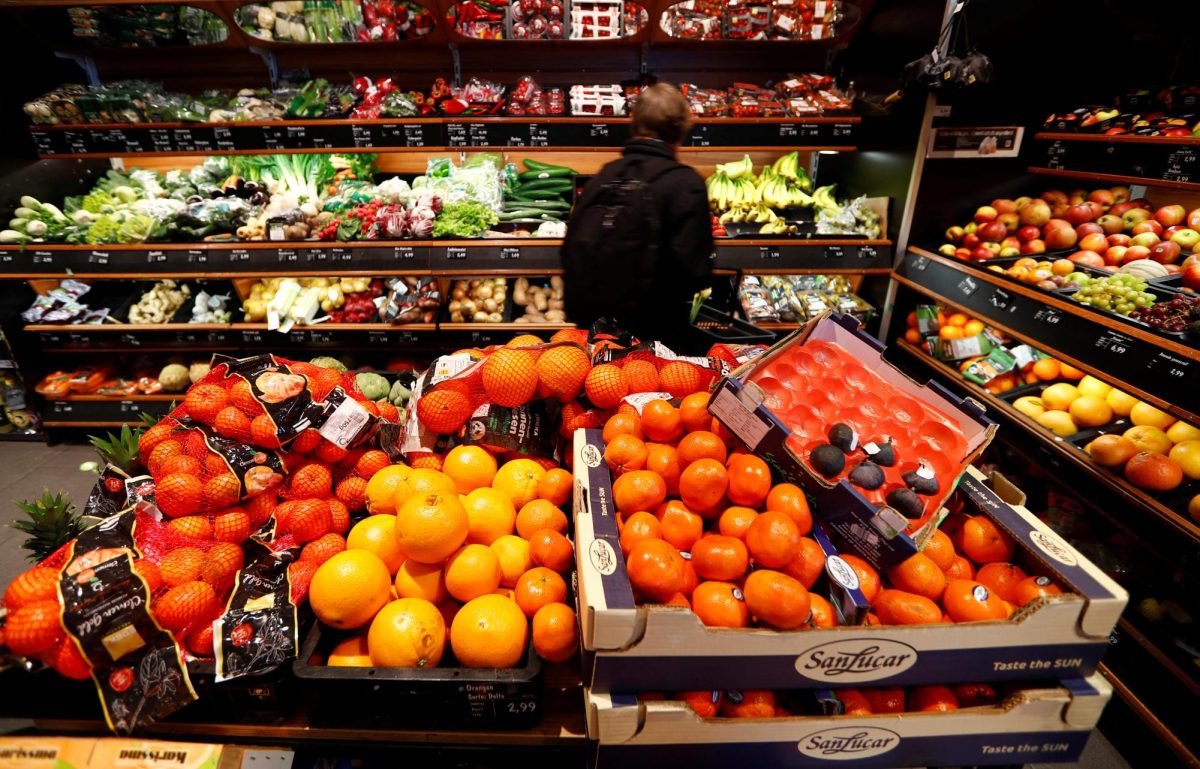
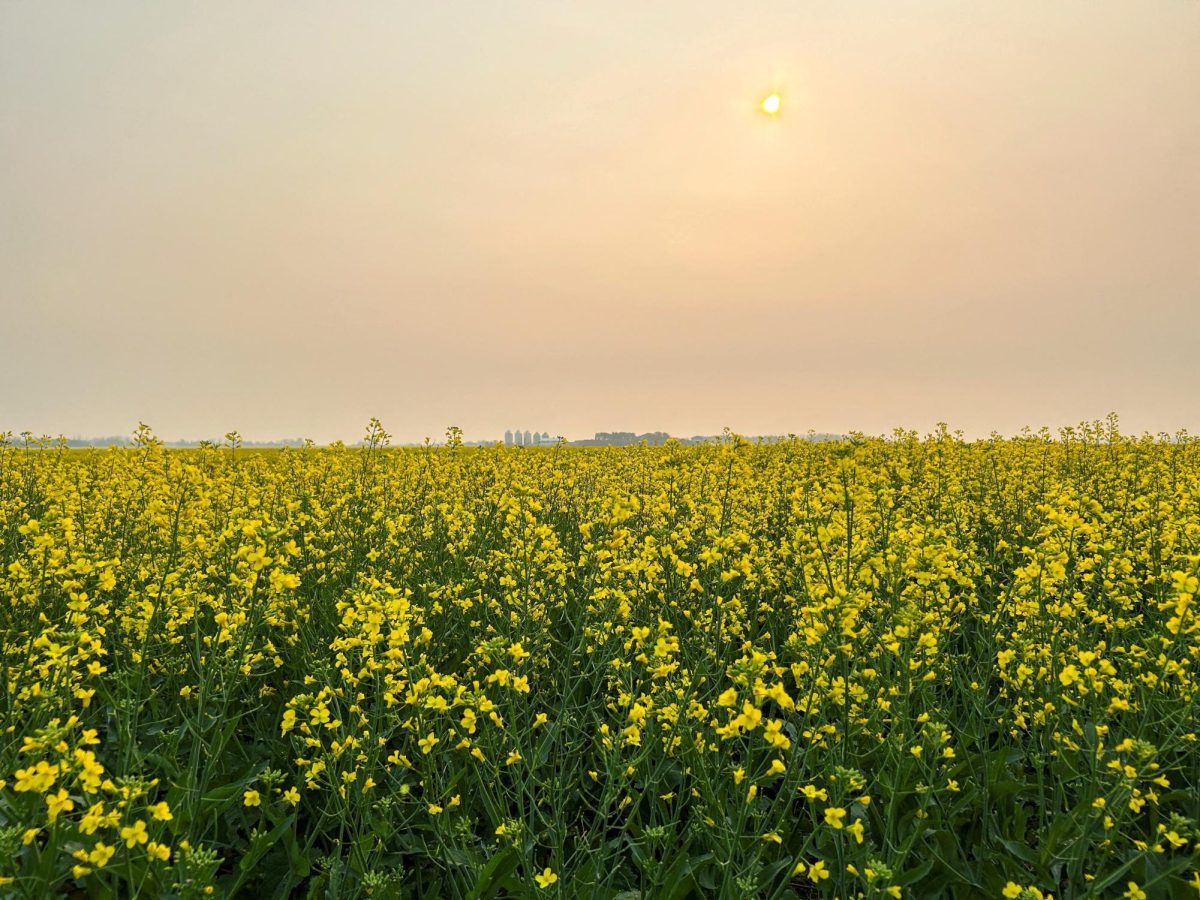

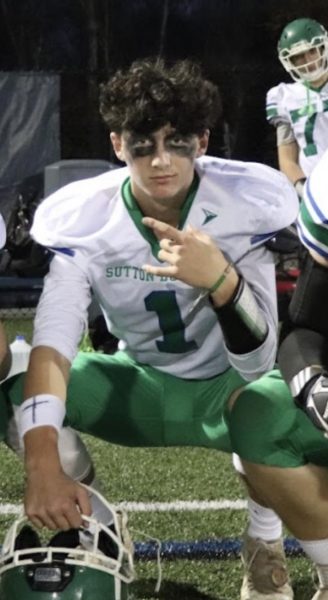
Ted McCarthy • Mar 4, 2023 at 1:46 pm
Cam – good article. It makes me think about our efforts to get a turf field here in Sutton.
Nice work!